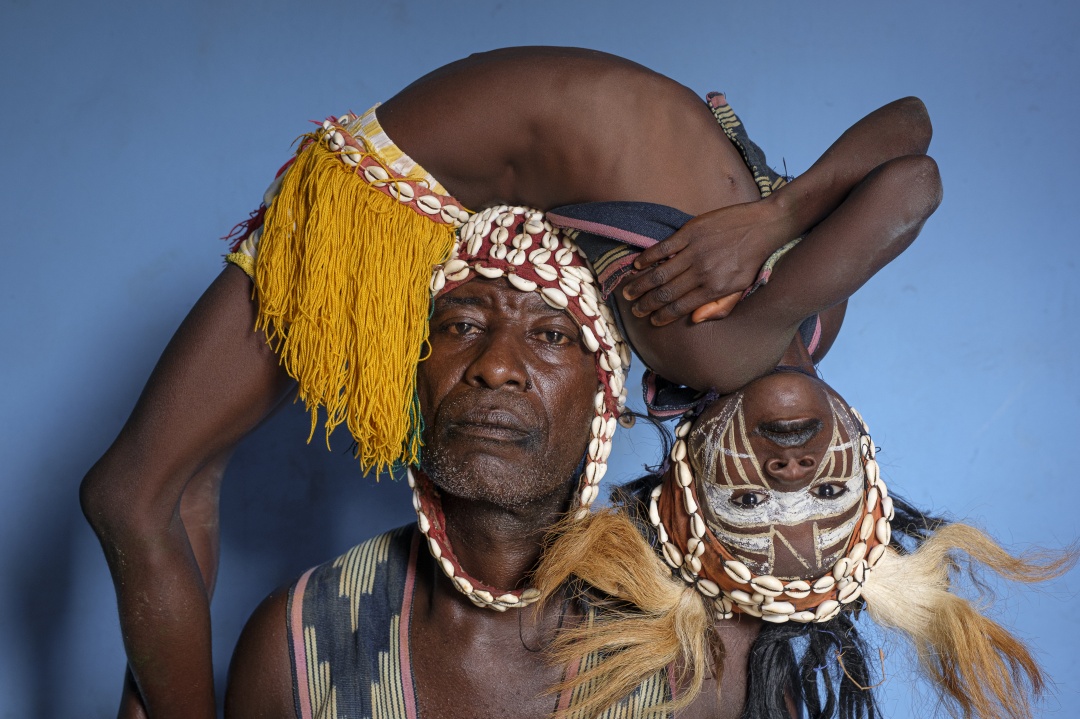Laurent Nilles, Guéré dancers, part of the Portrait of Humanity exhibition
The country’s largest photography event returns to Hyderabad for its 9th edition. Here’s what to see at Madhapur’s State Gallery of Art and elsewhere
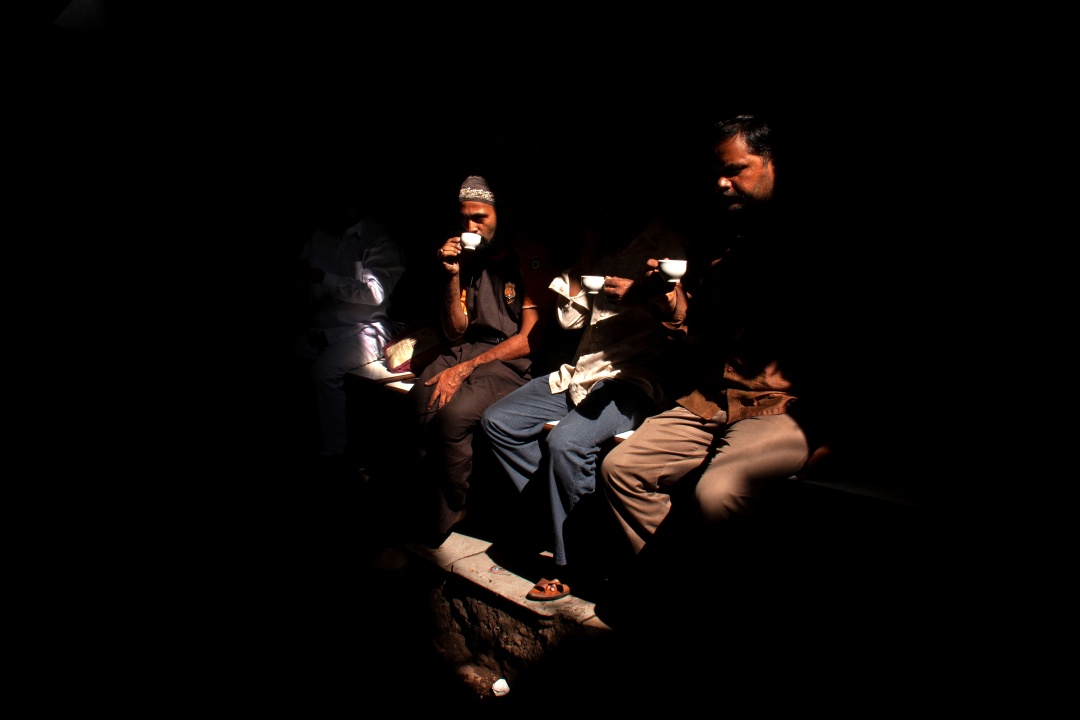
Hyderabad Diaries (group show)
Photo festivals are often now judged on their global appeal, but retaining a link to local artists is also essential. Hyderabad Diaries does just that, featuring snapshots and longer looks at life around the city. Satyanarayana Gola’s shrouded image of men drinking Irani Chai brings deep compositional care a scene of everyday recreation, while Kranthi Remala rises high above the city to show the interplay of housing and greenery. The city’s most impressive architecture also features.
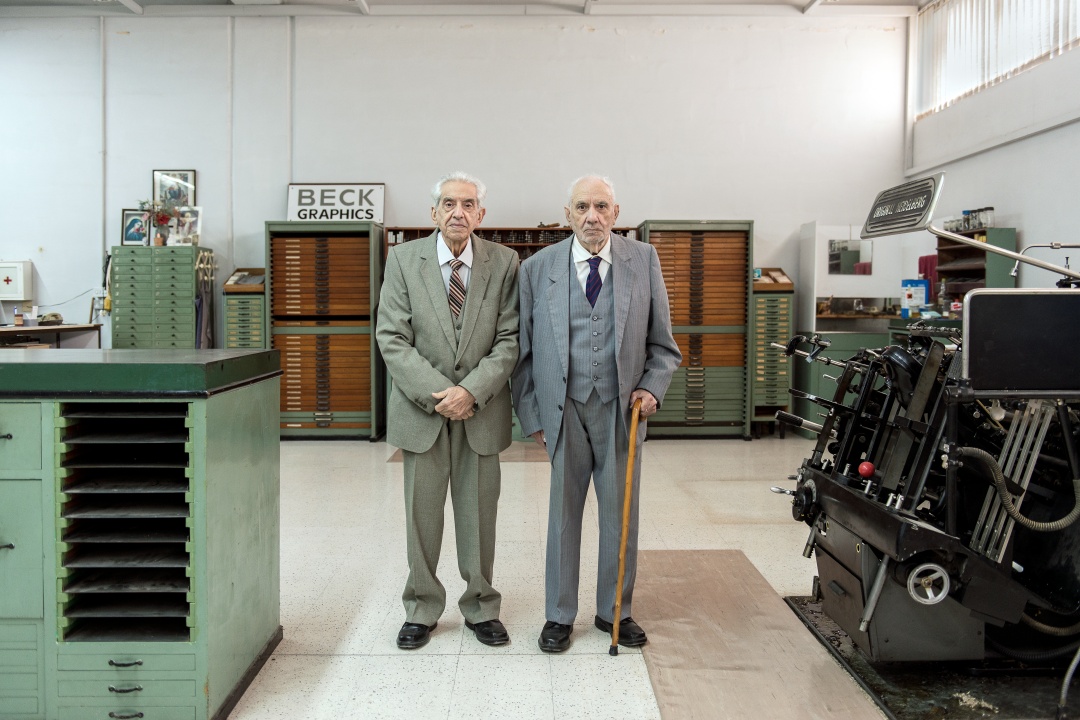
Portrait of Humanity
In an age of uncertainty, hardship and strife, it’s the little things reminding us of what it means to be human that matter more and more. From BJP, Portrait of Humanity was launched in 2018 to show that behind every struggle to protect the world we call home, every demand to be who we are, is a face of strength and courage. These stories act as a powerful prism through which to understand myriad stories from around the globe.
Judged by a jury of ten industry heavyweights, the exhibition comprises 30 single images and three series for artists across the globe. From Brazil, Fernanda Liberti celebrates the almost-lost traditions of the Tupinambá people. Mahdiyeh Afshar Bakeshloo reflects on the view of women and girls in Iranian society through powerful self-portraiture. Iringo Demeter turns the lens on her grandmother, contradicting her impressions of the generations that came before her.
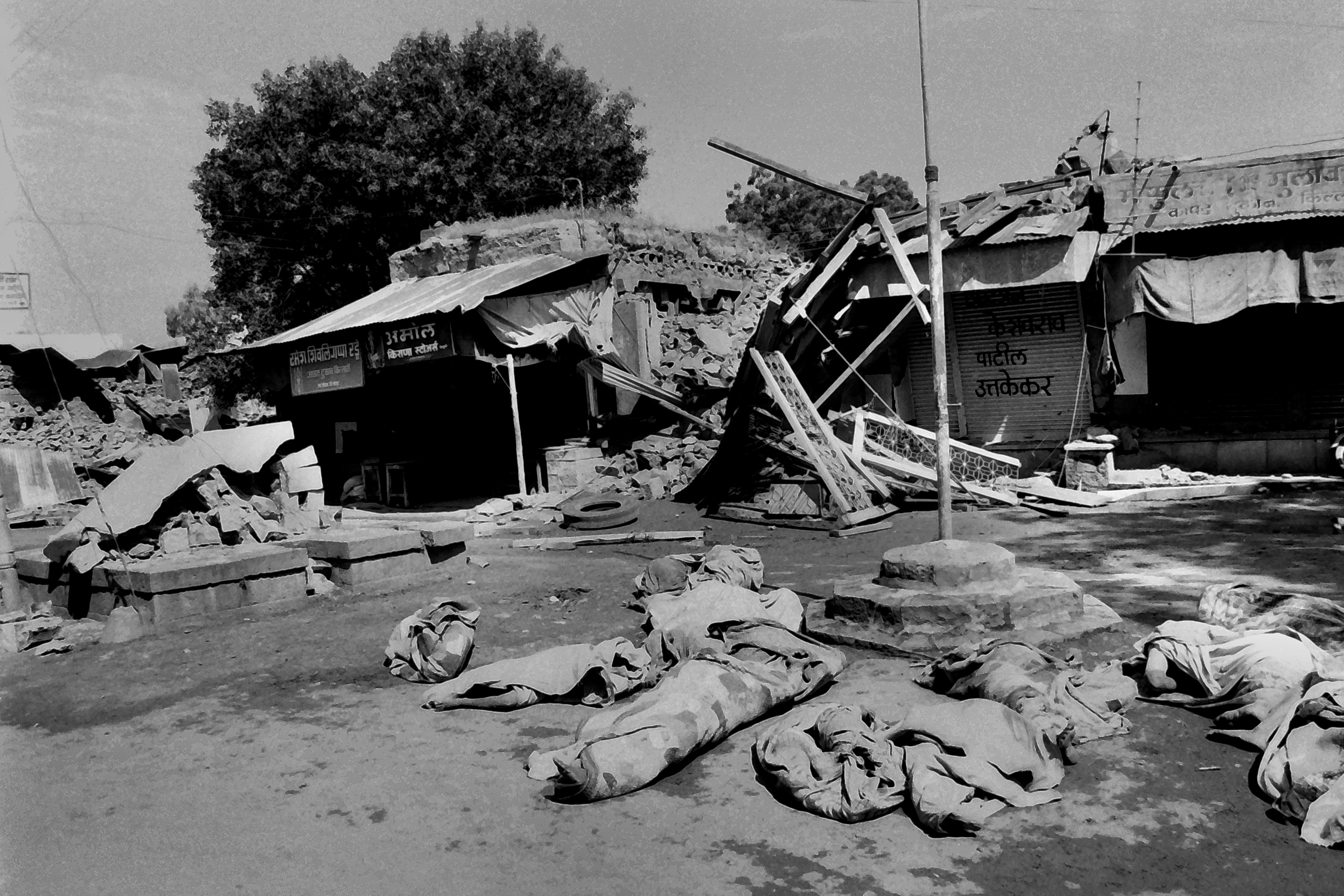
D. Ravinder Reddy retrospective
This show brings historical insight to the Indian Photo Festival through the lens of D. Ravinder Reddy, whose images have narrated the country’s history on assignment for the likes of Span, Reuters, AFP, UNICEF India, The Week and Indian Express. The exhibition features photographs from the cyclonic storm in Nellore (1990), communal riots in the old city of Hyderabad (1990), AICC plenary in Tirupati (1991) and the demolition of Babri Masjid (1992). His images have come to define several of these events: a picture of an infant buried under the debris during the Latur earthquake made it to the cover of Time, while that of the Babri Masjid demolition made the cover of India Today. Seeing this volume of work together brings a sense of gravitas to the festival – and a reminder that looking into the past is as important as the future.
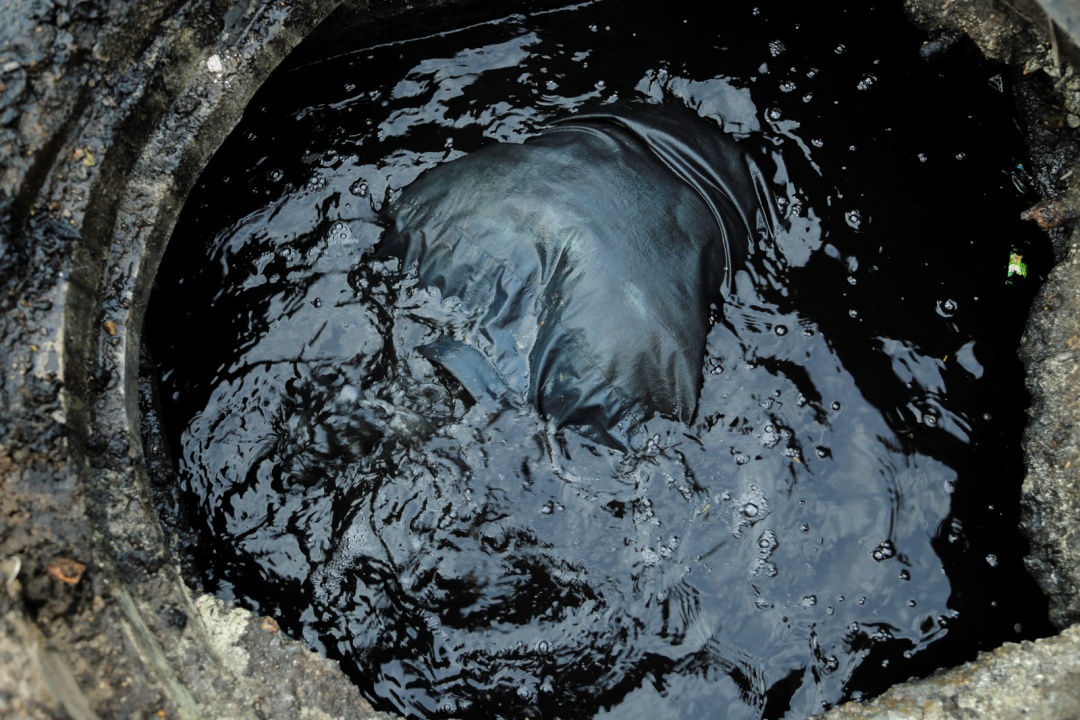
Palani Kumar, Out of Breath
Kumar’s work gives photographic treatment to the inequalities of India’s caste system, pointing his lens on practices that too often the middle classes – and policymakers – look away from, including the manual cleaning of sewers. The process, known as ‘manual scavenging’ has been banned in India since 2013, but is still commonplace, Kumar says. Recording it with the camera serves as a reality check for those who are insulated from the hardships of life on the country’s lower social rungs. In a twisted irony, it is often the government who shadily employs these labourers, despite the job’s illegality, Kumar says.
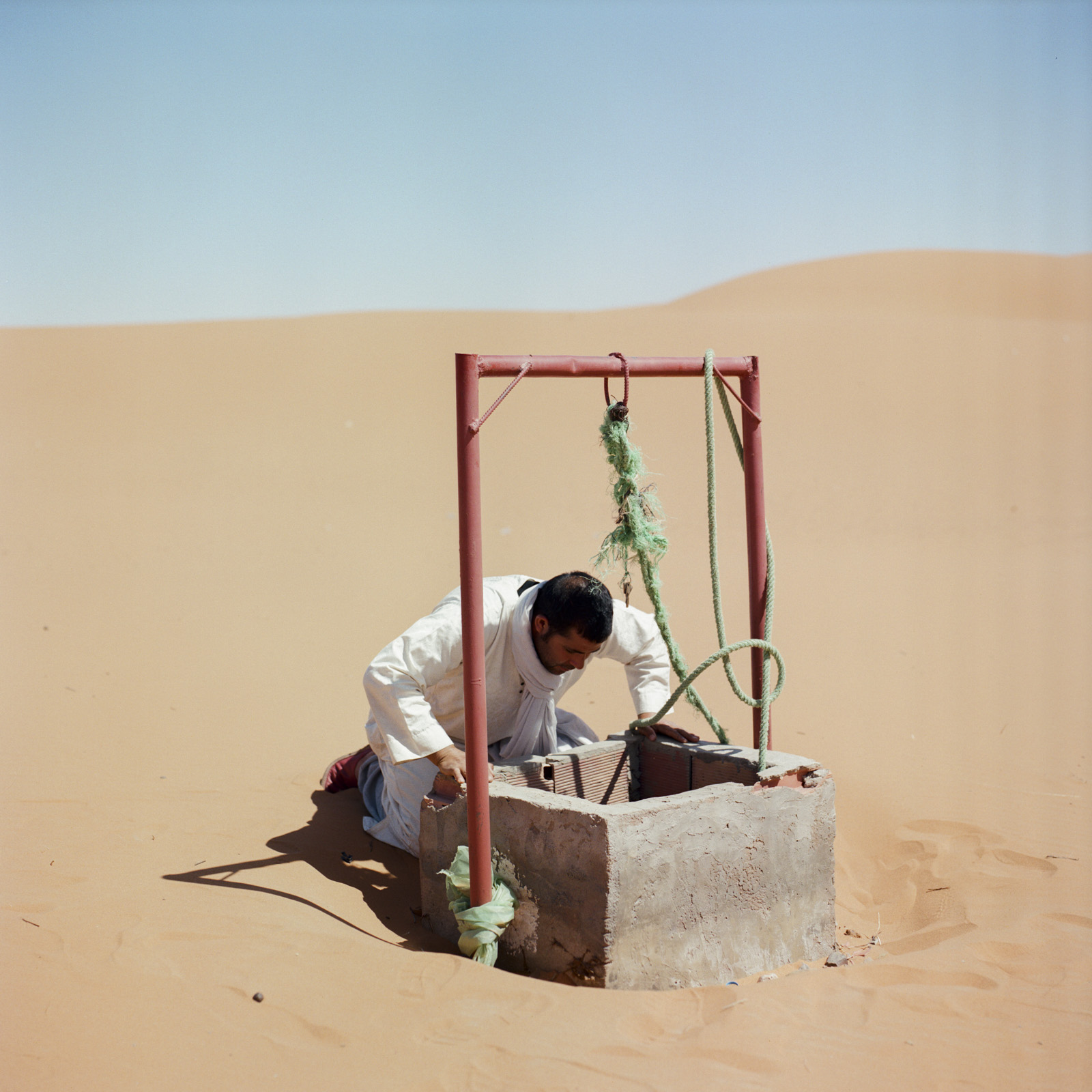
M’hammed Kilito, Before It’s Gone
Moroccan documentarian M’hammed Kilito focuses on the changing landscapes of oases, detailing their degradation and the associated environmental impacts, both on the local communities and, by inference, on wider climate deabtes. Oases are “an ecological bulwark against desertification and an important refuge for biodiversity,” the photographer writes. They are based on a careful balance of three elements: the abundance of water, the quality of the soil, and the presence of date palms. Kilito’s images show the fallout when this harmony is disrupted – via quiet metaphor and plain pictures of deserts, right through to more humanistic representations of loss: a man stares longingly down a well in one particularly striking image. In 2019, Greenpeace warned of the threat of extinction facing oases due to the considerable impact of high temperatures on their water resources. Before It’s Gone is an unapologetic reminder of how far along that path Morocco already is.
Indian Photo Festival is at various venues across Hyderabad until 7 January 2024

